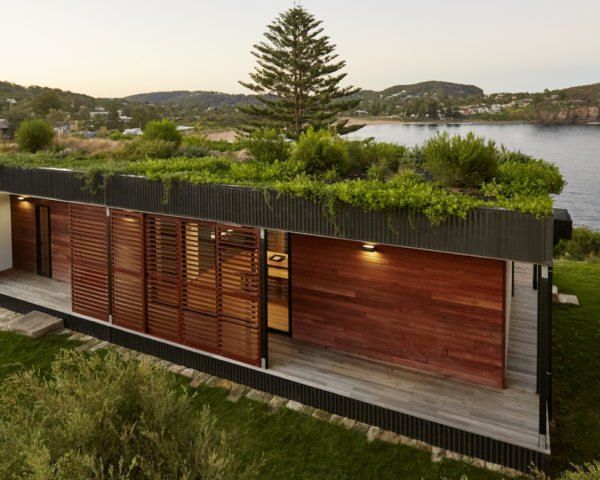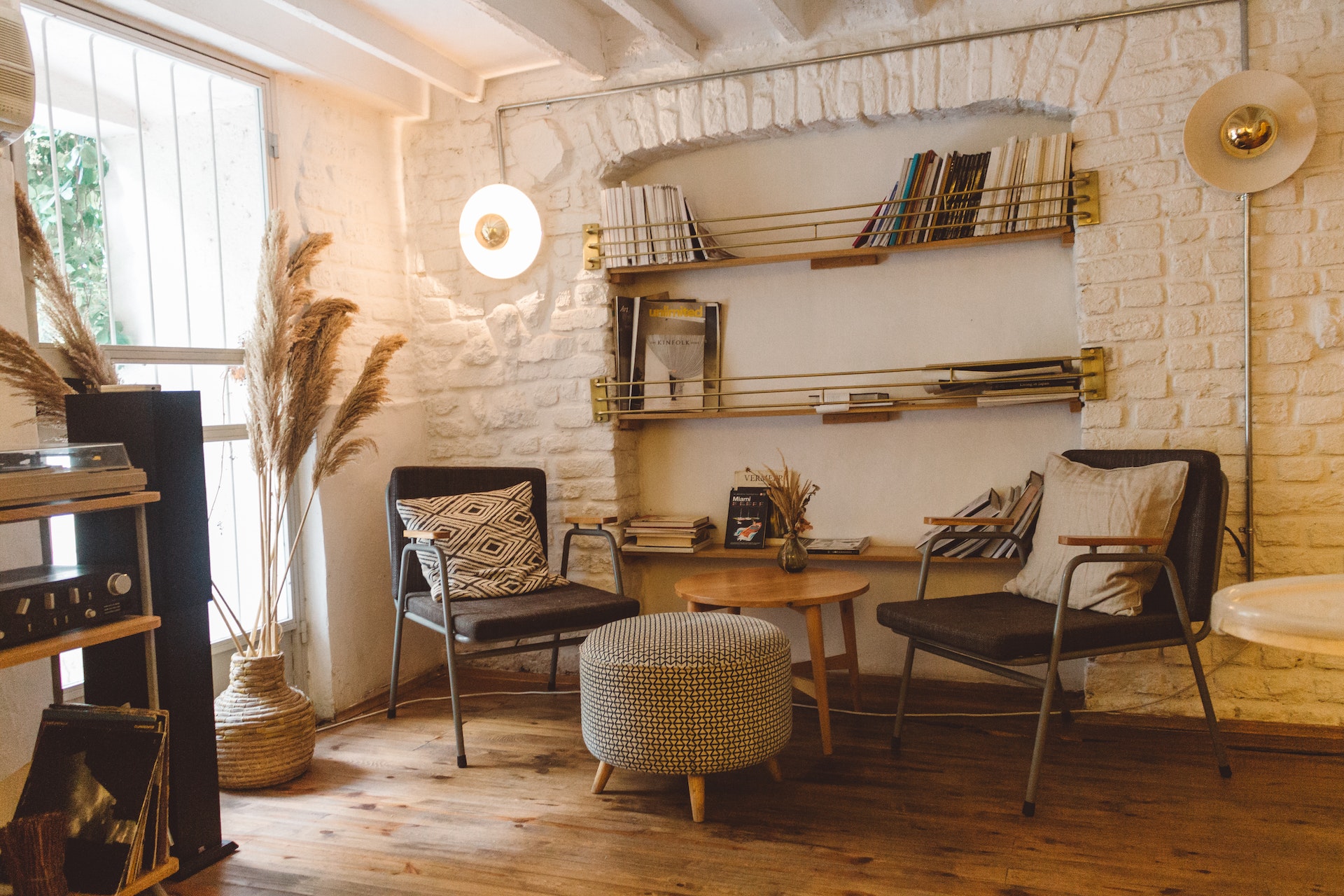Guide to Sustainable Roofing for Contemporary StructuresGuide to Sustainable Roofing for Contemporary Structures

Embracing Eco-Friendly Roofing Solutions
Integrating Sustainability into Building Design
In the evolving landscape of modern architecture, the push towards sustainable building practices has become a cornerstone of design philosophy. This comprehensive guide ventures into the realm of sustainable roofing solutions tailored for contemporary structures, spotlighting the indispensable role of eco-friendly practices within the construction industry. As we navigate through an era where environmental stewardship is paramount, this guide illuminates a variety of sustainable roofing options. From the cutting-edge cool roofs that reflect more sunlight and absorb less heat, to traditional materials reclaimed for their timeless charm, and onto the forefront of innovation with solar-powered systems, we underscore the critical importance of blending aesthetic appeal with environmental responsibility.
The adoption of sustainable roofing is not merely a trend but a reflection of a deeper understanding of our impact on the planet. These roofing solutions offer a pathway to reduce the carbon footprint of buildings while enhancing their efficiency and aesthetic value. By choosing sustainable roofing, property owners and developers can contribute to a larger movement towards ecological conservation, making a tangible difference in the fight against climate change.
You need to know about the benefits and options of eco-friendly roofing; official site to dive deeper into sustainable and green roofing solutions.
The Advantages of Green Roofing Technologies
Green roofing technologies stand at the forefront of this movement, offering a myriad of benefits that transcend the mere enhancement of a building’s visual appeal. These innovative solutions play a pivotal role in mitigating the urban heat island effect, a phenomenon where urban areas become significantly warmer than their rural counterparts due to human activities. By adopting green roofing practices, buildings can significantly lower their energy consumption, thanks to the natural insulation and cooling properties of these systems. Furthermore, green roofs promote air quality and biodiversity, creating habitats for various plant and animal species even within densely populated urban environments.
The financial implications of green roofing are equally compelling. Property owners can enjoy substantial cost savings over the lifespan of their buildings through reduced energy bills and potential tax incentives offered for green building practices. Moreover, the increased property value and marketability of buildings with eco-friendly roofs make this investment not only environmentally sound but also economically wise.
Selecting Appropriate Eco-Friendly Materials
The cornerstone of any eco-friendly roofing system lies in the selection of appropriate materials. This guide delves into an array of materials known for their sustainability, including durable metal roofs that offer longevity and recyclability, living green roofs that provide a layer of natural insulation, and natural clay and slate tiles renowned for their energy efficiency and minimal environmental impact. Each material brings a unique set of benefits to the table, catering to different architectural styles, climates, and personal preferences.
Metal roofs, for instance, are celebrated for their durability and energy efficiency. They reflect solar radiation away from the building, reducing cooling costs and contributing to a more stable indoor temperature. Living green roofs, on the other hand, not only enhance the aesthetic appeal of a building but also manage stormwater effectively, reducing runoff and promoting urban biodiversity. Clay and slate tiles offer a timeless look combined with exceptional longevity, gradually weathering over time to reveal a distinguished character while maintaining their structural integrity.
Innovations in Solar Roofing
Harnessing Solar Energy for Roofing
Among the most significant advancements in sustainable building is the integration of solar roofing technology. This innovative approach to roofing combines the protective qualities of traditional roofing materials with the renewable energy generation of solar panels. Solar roofing systems are designed to capture sunlight and convert it into electricity, reducing the building’s reliance on conventional energy sources and significantly lowering utility costs.
The benefits of solar roofing extend beyond energy generation. These systems can enhance the building’s value, making it more attractive to environmentally conscious buyers. Furthermore, solar roofs contribute to national and global efforts to transition towards renewable energy sources, playing a crucial role in combating climate change.
Conclusion
The journey towards sustainable building practices is both a challenge and an opportunity. By embracing eco-friendly roofing solutions, the construction industry can lead the way in reducing environmental impact while enhancing the functionality and beauty of modern structures. As we look to the future, the continued innovation and adoption of sustainable roofing will undoubtedly play a critical role in shaping the built environment, fostering a harmonious balance between human needs and the preservation of our planet.


